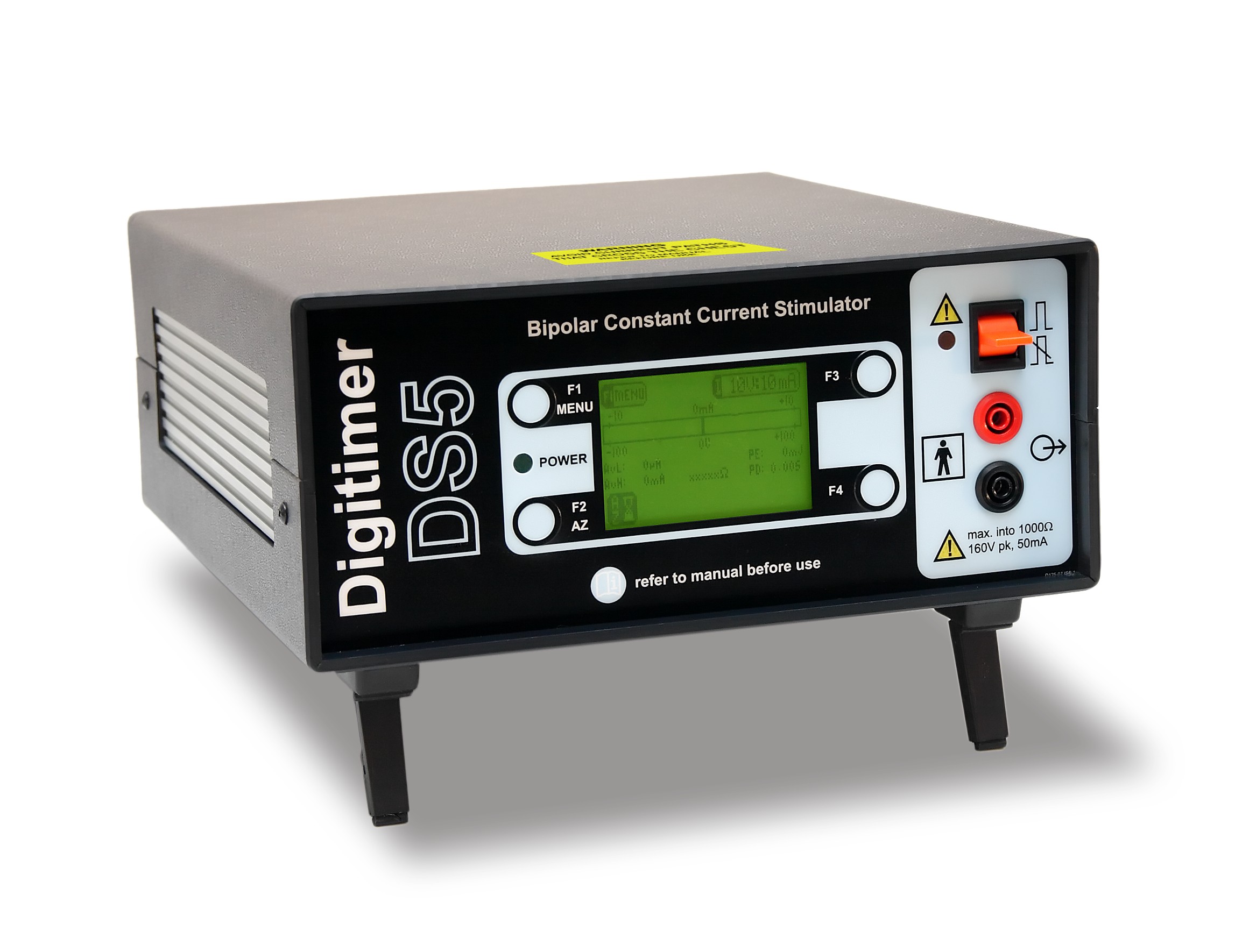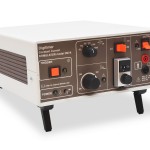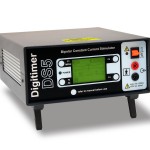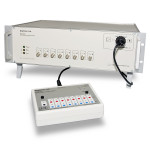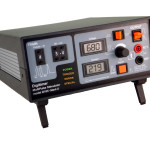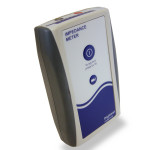Isolated Bipolar Constant Current Stimulator
The DS5 has been developed for the new and increasingly important field of Clinical Nerve Excitability Studies. These studies, including electrotonus and threshold electrotonus, are giving us added understanding of human nerve excitability and the pathophysiology of diseases such as diabetic neuropathy, carpal tunnel syndrome (CTS), amyotrophic lateral sclerosis (ALS), multifocal motor neuropathy (MMN), motor neurone disease (MND) taxolcisplatin neuropathy and neuromyotonia.
Multiple Applications
Although the DS5 has been primarily designed for clinical studies of peripheral nerves using threshold tracking techniques, because the unit provides a current output proportional to the voltage input and can deliver up to ±50mA (from a compliance voltage of greater than ±100V), it should appeal to any researchers wishing to safely apply a computer controlled constant current stimulus to a patient or research volunteer.
Unlimited Stimulus Profile Possibilities
Unlike other clinical stimulators, the DS5 is not a traditional “square wave pulse stimulator”. Instead, the DS5 will produce an isolated constant current stimulus proportional to a voltage applied at its input, with the shape of the input waveform describing the shape of the stimulus. As a result, when driven by a computer running appropriate software, the DS5 is capable of generating a stimulus consisting of multiple components including sine waves, ramps, square waves or totally arbitrary waveforms. Patient safety is assured at all times by the implementation of safety features which, amongst other things, also limit the amount of energy passed to the subject.
Stimulus Control via Commercial or Specialist Hardware / Software
The DS5 has been developed in collaboration with Professor Hugh Bostock at the Institute of Neurology in London, who uses the stimulator to facilitate the threshold tracking measurements alluded to above. Briefly, muscle action potentials evoked by a test stimulus from the DS5 are amplified and compared with a desired “target response”. The resultant “error signal” is used to modulate the amplitude of the test stimulus. Once a baseline level of excitability is established, conditioning pulses can be applied to examine their effect on the excitability of the nerve being studied. By carrying out this procedure using his own specialist software, diagnostic tests can be partially automated and completed more rapidly.
-
- Output: Bipolar constant current proportional to the input voltage
- Output Ranges: ±10; ±25; ±50 mA for a full scale input
- Input Ranges: ±1; ±2.5; ±5; ±10 V full scale
- Connections: Output – 4mm shrouded, touch-proof sockets (red and black) on 3/4″ centres
- Monitors – Rear panel BNC sockets for “delivered current” and “applied voltage”
- Input – Rear panel BNC socket
- Firmware Update – USB socket on rear panel
- Controls: Four front panel push buttons labelled on LCD
- Output – On/Off-Reset
- Safety Limits: 50mJ/300mJ pulse energy
- 50μA average “idle” current
- 10mA average pulse current
- 50mA peak current
- 1s/5s maximum pulse duration
- Indicators: Power ON LED Green
- Warning LED Amber
- LCD Display for setting up and checking:
– Peak current delivered *
– Input voltage range
– Output current range
– Peak Voltage*
– Error warnings
– Out of compliance
– Pulse energy (PE)
– Pulse duration (PD)
– Average idle current (AvL)
– Average pulse current (AvH) - Software: Microsoft WindowsTM compatible USB Software (WinXP onwards)
- Power: 100V, 120V, 200V or 240V (externally selected), 47-63Hz, 35VA
- Classification: Class I with Type BF applied part
- Safety: EN(IEC) 60601
- Dimensions: 225 x 100 x 255 (w x h x d)
- Weight: 4kg (approx.)
– Up to ±50mA output from over ±100V compliance, in 3 output ranges.
– Isolated constant current output proportional to an input voltage applied via BNC connector.
– Compatible with DAQ capable of producing a programmable analogue voltage output, including those below.
– Safety features ensure patient/human subject protection. Certified CE approved medical device.
– Output connection accessories, including plugs and cables and electrodes are also available.





